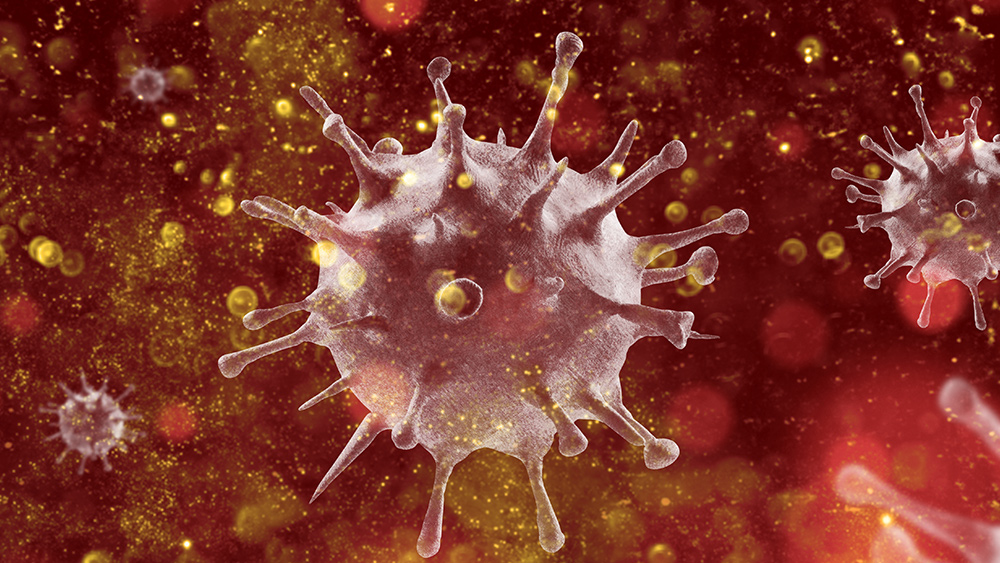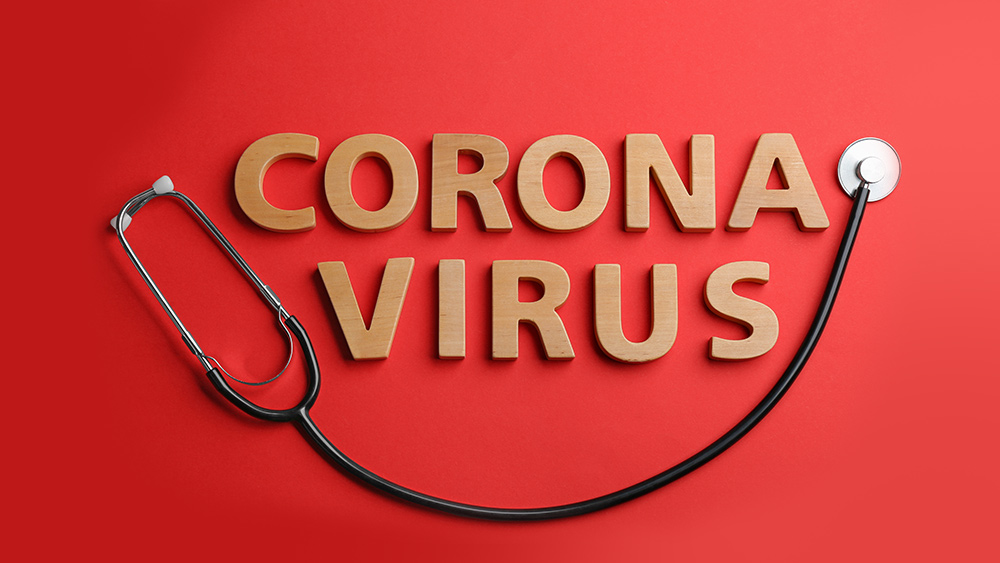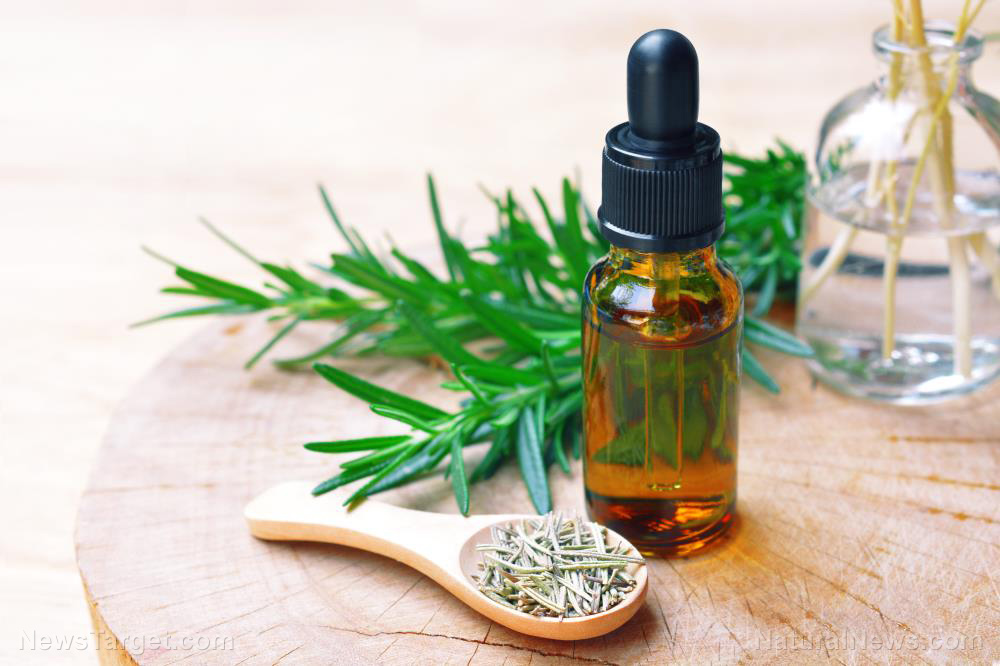What are the health benefits of hibiscus leaves?
02/27/2020 / By Evangelyn Rodriguez

The genus Corchorus consists of about 40 to 100 different species of plants that belong to the Malvaceae or hibiscus family. The most well-known Corchorus plants, namely, C. olitorius and C. capsularis, are the main sources of the fiber, jute. Jute is obtained from the inner bast tissue of a Corchorus plant’s stem and is used to make industrial packaging. Meanwhile, the leaves and young shoots of Corchorus plants are eaten as vegetables in Europe and Africa.
But Corchorus plants have other uses, especially as natural medicines. Asian and African folk medicine practitioners prescribe the leaves of various Corchorus species for the management of pain, fever, dysentery (intestinal inflammation), sexual disorders and degenerative diseases.
In an article published in the Journal of Herbal Medicine, researchers from India investigated the biological roles of the active components of Corchorus plants. After conducting a thorough review of literature, they reported that Corchorus plants derive their medicinal properties from the various bioactive molecules they possess. These include glycosides, polysaccharides, triterpenes, ionones, phenolic compounds, sterols and fatty acids.
The researchers also added that these phytochemicals are responsible for some of the Corchorus plants’ prophylactic applications. There is considerable clinical evidence to support the traditional uses of Corchorus plants as folk medicines.
The researchers believe that the immense genetic diversity, geographical adaptability and biological effects of Corchorus plants make them potential sources of herbal medicines. These plant-based medicines could enhance community health standards and livelihood security among the rural populations of Asia and Africa.
Some Corchorus plants and their medicinal uses
Corchorus plants are well-known vegetable crops and traditional medicines cultivated in tropical countries. Here are some of the most notable species and their medicinal uses:
Jew’s mallow (C. olitorius)
Jew’s mallow is a short-lived perennial plant that can be found in Africa and Asia. It is used as a spinach substitute in regions with hot summers. The leaves of Jew’s mallow are used to treat cystitis, gonorrhea and dysuria (painful urination), while its seeds can be used as a laxative. (Related: An excellent spinach substitute, jute mallow supports a healthy cardiovascular system.)
Wild Jew’s mallow (C. asplenifolius)
C. asplenifolius is a species that grows only in southern Africa. A popular leafy vegetable, its leaves can either be cooked or burnt to produce ashes that can be used as a substitute for salt. The roots of C. asplenifolius, when turned into powder, is used to treat snake bites.
East Indian mallow (C. aestuans)
The East Indian mallow can be found in some parts of South and Central America, where it is considered an invasive weed. Its leaves can be eaten either raw or cooked and used to make vegetable broth. While it has no known medicinal use, the bark of the East Indian mallow produces good-quality fiber that is used to make strings.
Jute (C. capsularis)
Like the Jew’s mallow, jute is cultivated — mostly in East Asia — for the fiber in its stem and for its leaves, which are rich in protein. While young jute leaves are great for salads, mature jute leaves are often dried and added to soups as a thickener or made into tea. Jute leaves are also known for their carminative (relieves flatulence), laxative, stimulant and appetite-promoting properties. Traditionally, jute leaves are used to treat dysentery, fevers, dyspepsia and liver disorders.
Plants from the genus Corchorus are rich in active compounds that have antioxidant, anti-inflammatory and antimicrobial properties. Scientists believe that understanding their health benefits is key to realizing their potential as a source of new and potent botanicals.
Sources include:
Tagged Under: alternative medicine, disease treatment, herbal medicine, Herbs, hibiscus, natural cures, natural medicine, phytonutrients, prevention, remedies, research, Veggies



















